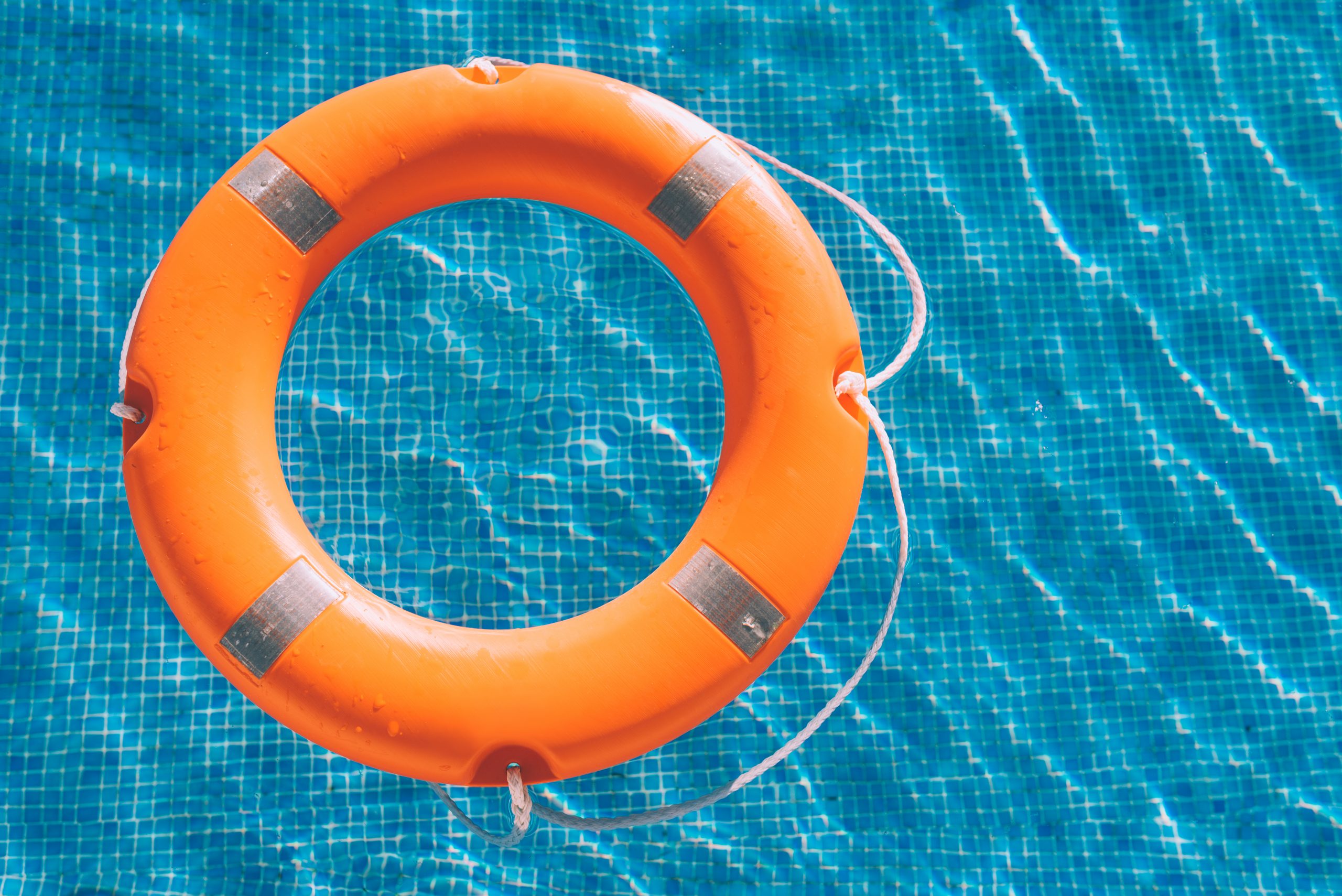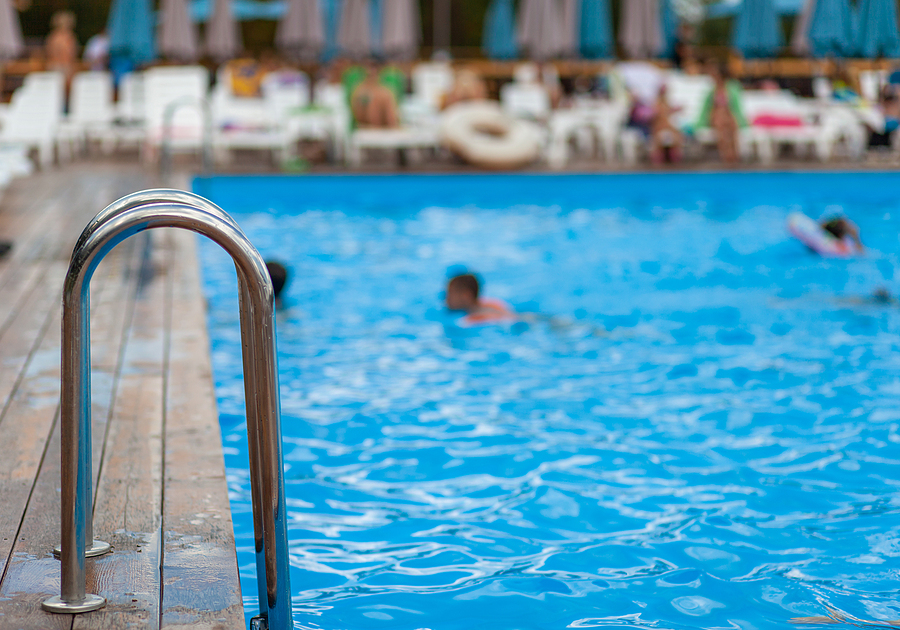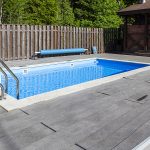Pool Emergency Equipment – How to Be Prepared for the Unexpected
When operating a residential or commercial pool, safety should be a top priority. To ensure the safety of all swimmers, your home or facility should always have pool emergency equipment available and in good condition. Unsure about what equipment you need? Let’s review the equipment necessary to keep your family, friends, and neighbors safe while swimming in your pool.
Swimming Pool Barrier
Installing an effective swimming pool barrier is especially important. With a proper pool barrier, you will be able to have full control of who can enter your swimming pool and prevent intentional unwanted and accidental access. There are a few options to consider, including polycarbonate enclosures and fencing.
Polycarbonate swimming pool enclosures are solid in terms of performance and safety standards. Most enclosures have a lockable gate, which means you will be able to lock the gate when the pool is closed. No matter what the gate, they all must be self-closing and self-latching opening outward from the pool. Regardless of barrier type, all swimmers within the enclosure require active supervision. Pool fencing with openings offers similar safety; however, you need to be on the lookout for individuals hopping the fences. There also needs to be certain spacing met with fences with openings, chain links, and lattice. You should check with your local code to ensure compliance.
Rescue Equipment
When it comes to pool emergency equipment, a first aid kit is a given. If a swimmer gets cut on the exterior of the pool, you will be able to effectively dress and treat their wounds. If extensive medical attention is required, do not hesitate to seek professional help.
Depending upon the type of pool you have either ring buoy or rescue tubes (for lifeguarded pools) should be on hand for rescuing distressed swimmers. If a swimmer is unable to keep themselves above the water, lifeguards or trained pool professionals must be able to employ a safety ring to save them from potential drowning. Additional pool emergency equipment including Sheppard hooks, reaching poles, backboards, and head immobilizers can help you be fully prepared for the unexpected.
Swimming Pool Alarms
Check to see if your state has laws that require pool alarms to be installed. Swimming pool alarms allow you to detect the presence of intruders in your pool when it is not in use or after hours. With that said, there are two major types of entry alarms: surface and subsurface sensors.
Surface swimming pool alarms float on the pool water and sense movement in the event that anyone or anything falls into the pool. You will be able to adjust the alarm for sensitivity, meaning it won’t go off if a leaf or insect falls in.
Sub-surface swimming pool alarms are activated by pressure changes below the surface caused by motion-activated waves. Usually, sub-surface alarms are mounted to the wall beneath the water and use magnetic sensors for detection purposes.
Ladders and Handrails
Ladders and handrails are part of the entry and exit means for the pool. Residential and commercial pools and pool sizing requires different amounts, having at least two is recommended. You want one in the shallow end and deep end, or at both ends of the pool. To maintain proper pool practices and safety standards, safe access must be installed in your pool.
Ready to Install Pool Emergency Equipment?
Pool Operation Management is here to help you keep you and your swimmers safe. We offer a selection of pool safety equipment including first aid kits, ring buoys, and alarms. Additionally, we provide professional swimming pool services such as opening, closing, and weekly maintenance in Ocean and Monmouth Counties. Whether you’re in need of a pool inspection or staff training, Pool Operation Management is the solution. Give us a call today to get started.








